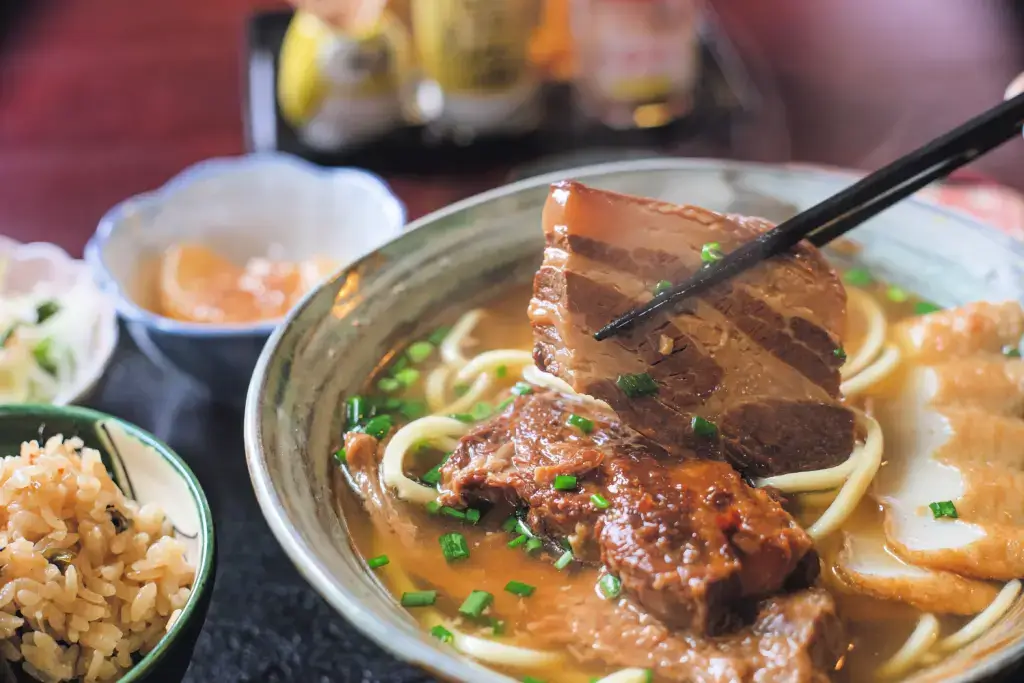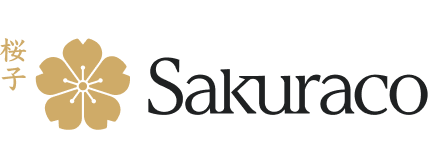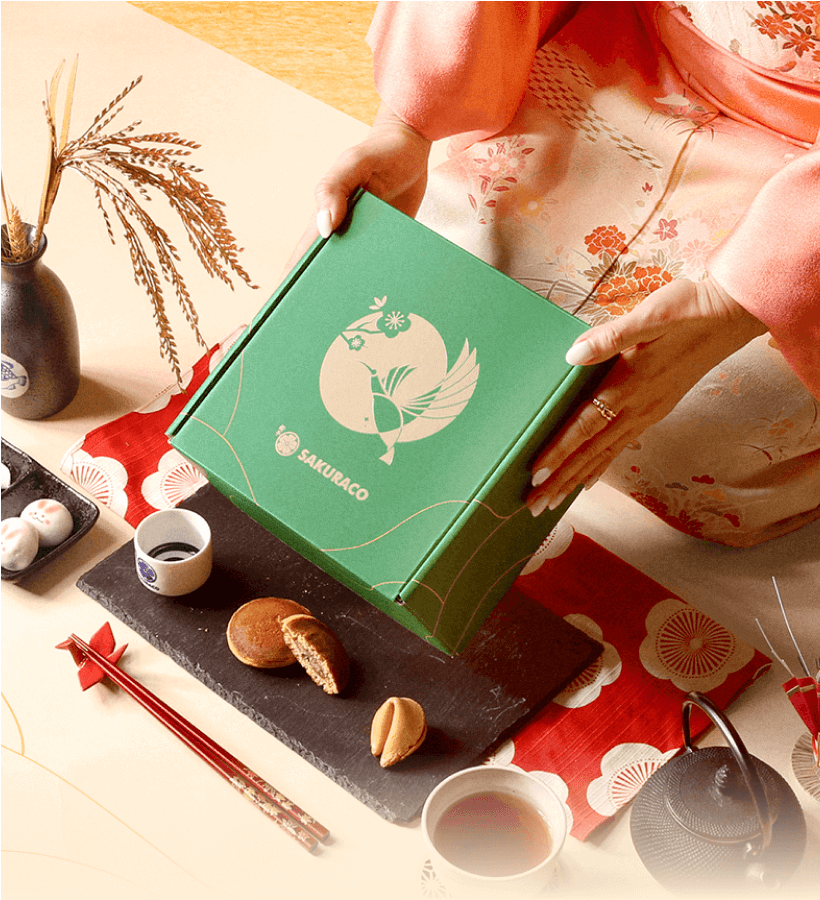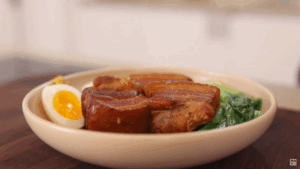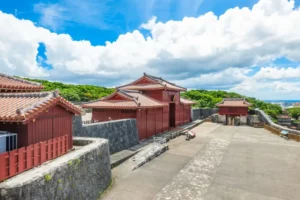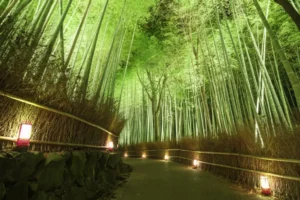Okinawa Island is a group of tropical islands in the south of Japan. It’s known for its beaches, culture, and how long people live there. Many people in Okinawa live to be over 100 years old! That’s why it’s called one of the world’s Blue Zones, where people live much longer and healthier lives than most.
Scientists and health experts are curious about how Okinawans stay so strong and active, even as they age. Their secret isn’t magic; it’s a healthy lifestyle, close friendships, and the special Okinawa diet. Let’s look at this lifestyle and how you can try some of it!
Table of Contents
ToggleA Glimpse into Island Life
People in Okinawa live simple, healthy lives. Even as they age, they stay active by gardening and moving daily. They also spend time with close friends in groups called moai (meeting for a common purpose). These are support circles that last a lifetime. Staying active, having a purpose, and keeping strong friendships help them stay happy and healthy.
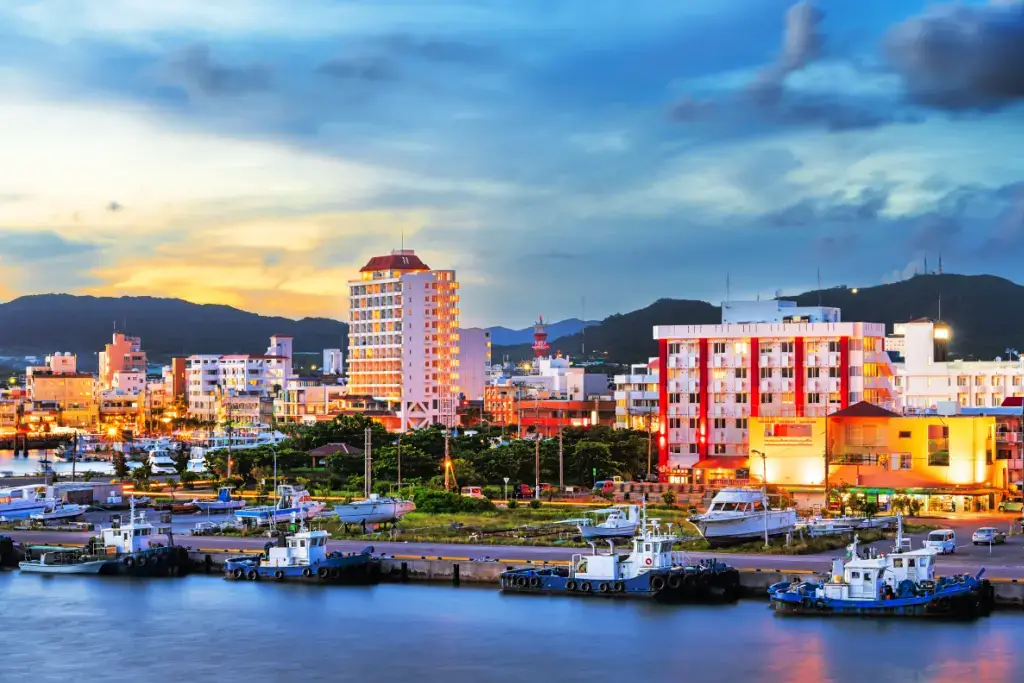
One big reason for their health is the Okinawa diet, a traditional eating method that’s both simple and powerful. Instead of eating lots of meat, sugar, or processed foods like many people in the West, Okinawans mostly eat plants. Their meals, like sweet potatoes and vegetables, are low in calories and have good carbs.
Hara Hachi Bu: Eating Mindfully
The diet is based on local foods and old traditions. One of these is a saying called hara hachi bu (eat until you’re 80% full), which helps people avoid overeating. Hara hachi bu isn’t just a saying, it’s a way of life in Okinawa. People often say it before meals to remind themselves to eat slowly and stop when they’re about 80% full. This helps them pay attention to how much they eat, leading to better digestion and fewer stomach problems.
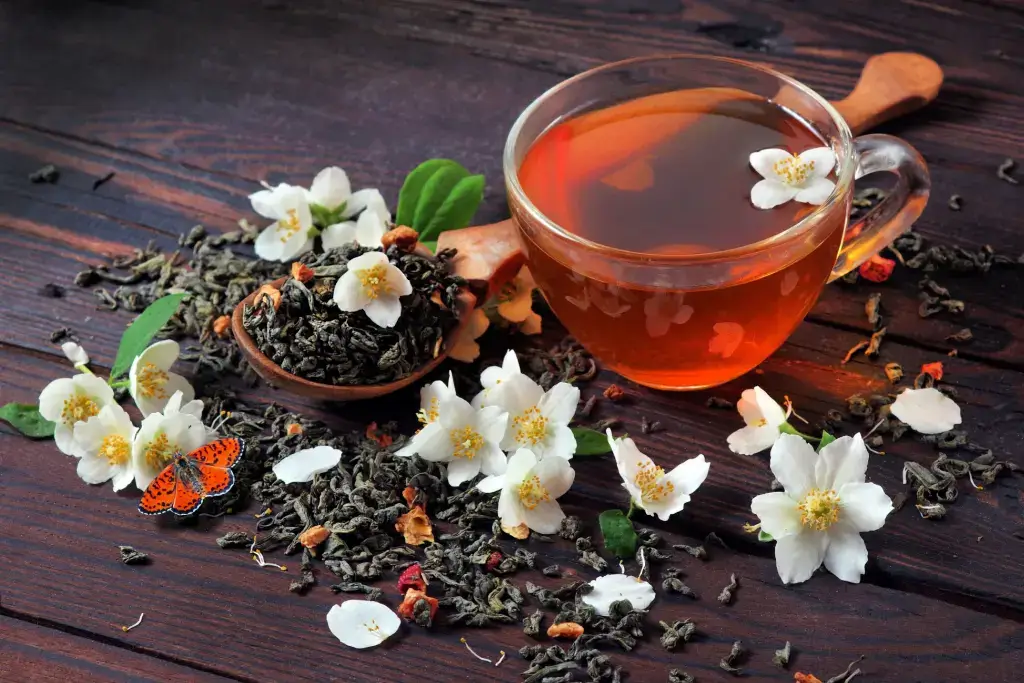
Okinawans eat about 10–15% fewer calories than people in other parts of Japan and even less than most Western diets. Scientists are still learning about all the benefits, but eating less may help the body reduce stress and repair itself, things that can help people live longer, healthier lives.
The Staples of the Okinawa Diet
The Okinawa diet isn’t about skipping meals or going hungry. It’s about eating simple, healthy foods that people in Okinawa have enjoyed for many years. A typical meal often includes sweet potatoes, which are full of vitamins and give you lasting energy. Okinawans eat green and yellow vegetables like goya (a bitter melon), daikon (radish), cabbage, and green papaya. Seaweed and kelp are also common and excellent sources of minerals like iodine.
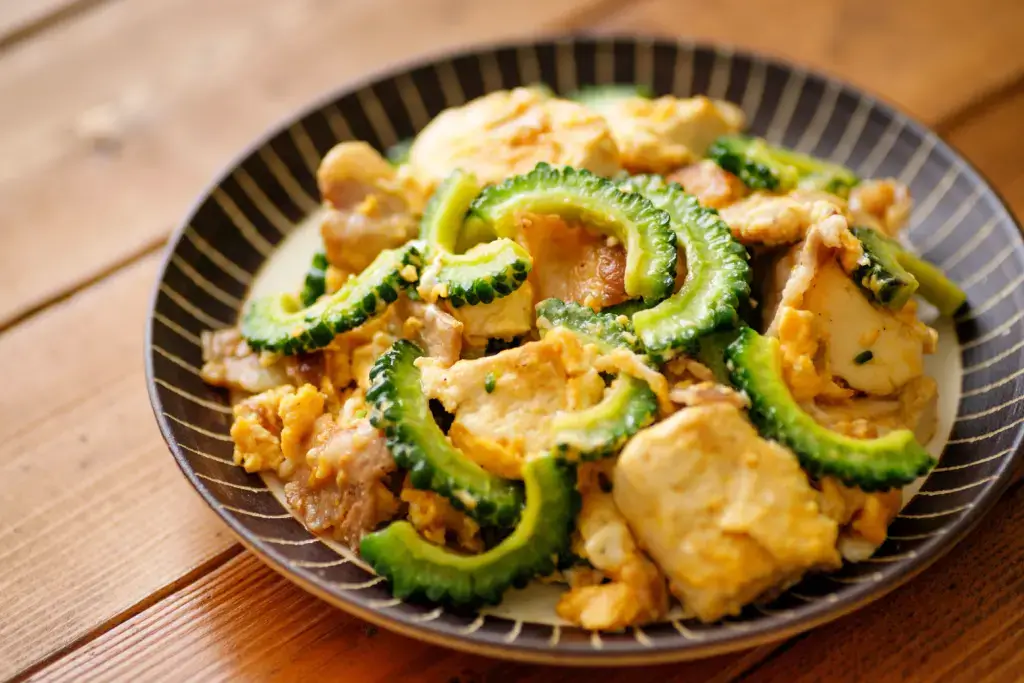
They also eat soy-based foods like miso (fermented soybean paste), natto (fermented soybeans), and edamame, which give them plant-based protein. Grains like rice and some noodles are part of the diet, but in smaller amounts. Meat and seafood are eaten only occasionally, usually for special events. The Okinawa diet avoids processed snacks, too much sugar, and dairy. Fruit is still eaten, but not in large amounts; vegetables are the real stars of the plate.
Why the Okinawa Diet Works
So, what makes the Okinawa diet so good for staying healthy and living a long life? Okinawan food has lots of nutrients but doesn’t have too many calories. This helps keep their bodies working well, controls their weight, and lowers the chance of getting serious illnesses. The diet includes many colorful vegetables and sweet potatoes that have special nutrients called antioxidants and anti-inflammatory compounds. These help protect the body and may slow down aging.
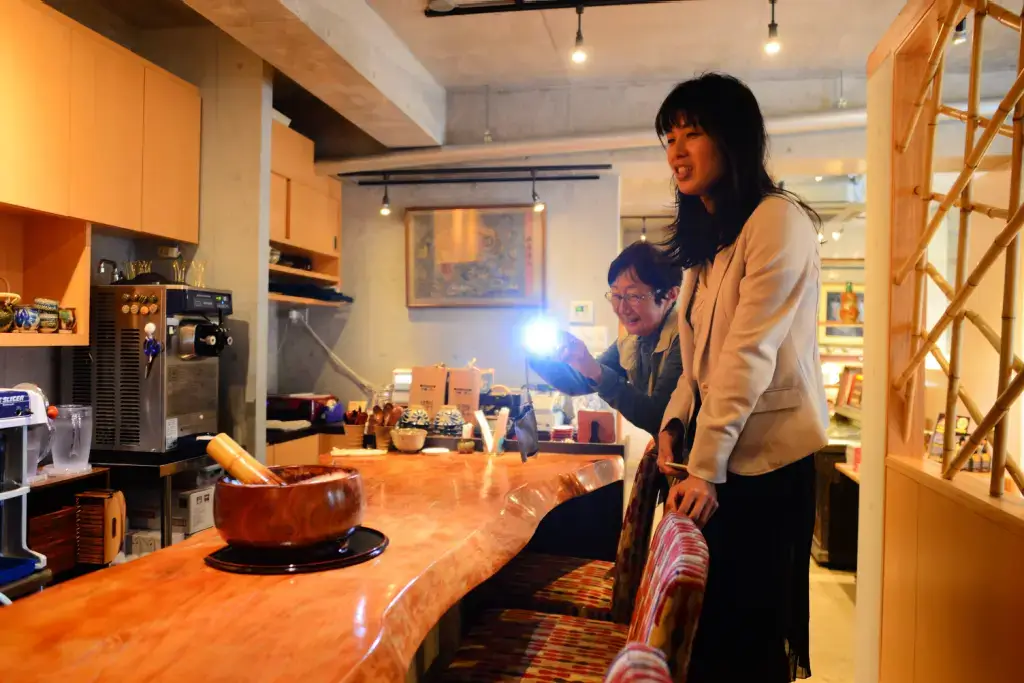
Soy foods, fermented foods like miso and natto, and fiber-rich vegetables help keep digestion healthy. The diet doesn’t have many processed foods, animal fats, or sugary foods, which lowers the risk of diabetes. Finally, the Okinawa diet uses foods grown locally and in season, which is better for the environment and more natural than many diets today.
Looking for healthier snacking options from places like Okinawa? Try Sakuraco! Sakuraco delivers traditional Japanese snacks, sweets, tableware, and more from local Japanese makers right to your door, perfect for a pleasant snack time at home!
Bringing the Okinawa Diet to Your Plate
If you’re inspired to try the Okinawa diet, you don’t have to change everything all at once. Start small by swapping out white rice or pasta for steamed sweet potatoes and adding more veggies. Try including tofu, miso soup, or natto in your weekly menu. Practice hara hachi bu, pause halfway through your meal, and check if you’re still hungry before eating more. And perhaps most importantly, eat with intention, without distractions, with gratitude, and in good company.
Why the Okinawan Diet Supports Longevity
People believe the Okinawan diet is the key to longevity because it focuses on natural foods that support overall health. It’s low in calories but high in vitamins, antioxidants, and fiber, which help keep the body strong. Along with healthy eating, the diet encourages mindful habits, staying active, and connecting with others. It’s all important for living a long, healthy life.
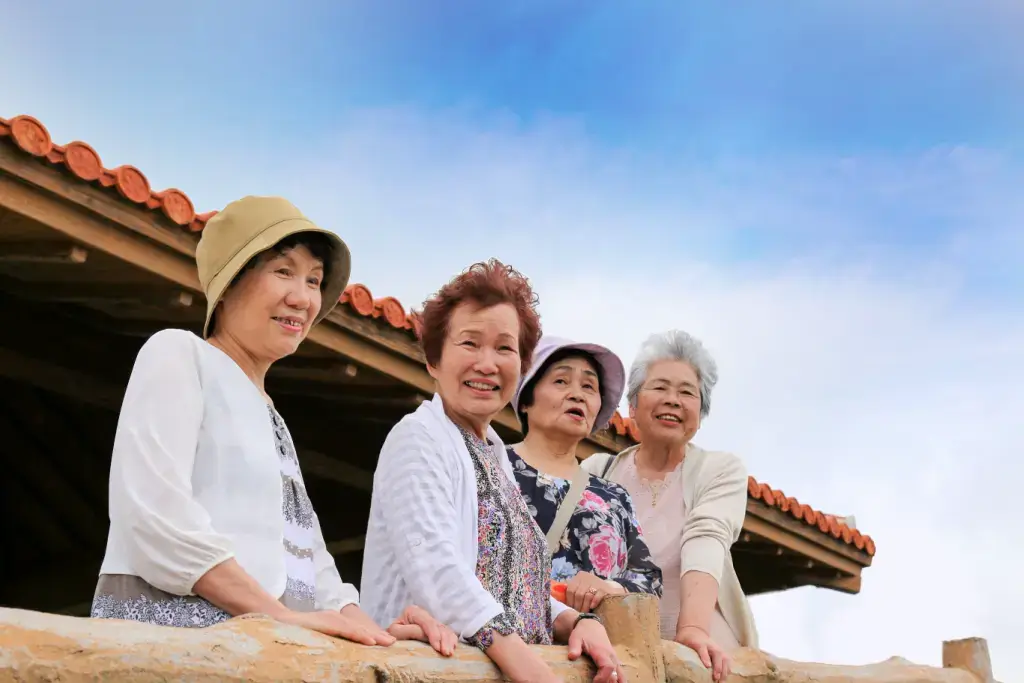
Living a long life isn’t just about having more years; it’s about enjoying those years too. The Okinawa way teaches us to slow down, eat carefully, move naturally, and stay close to friends and family. The Okinawa diet is a great place to begin if you want to eat healthier or start better habits. This way of living offers tasty, healthy choices that can help you feel good for a long time.
Enjoy life like they do on Okinawa, where every bite, moment, and friendship might help you live to 100! What do you think makes a diet healthy and sustainable? Have you ever tried any foods or habits from the Okinawa diet? Share your thoughts in the comments below!
Cited Sources
- Official Okinawa Travel Guide. “The Secret of Okinawan Longevity“.
- Official Okinawa Travel Guide. “The Rural Charms of Ogimi Village“.
- Blue Zones. “Okinawa, Japan: Secrets of the world’s longest-living women“.

